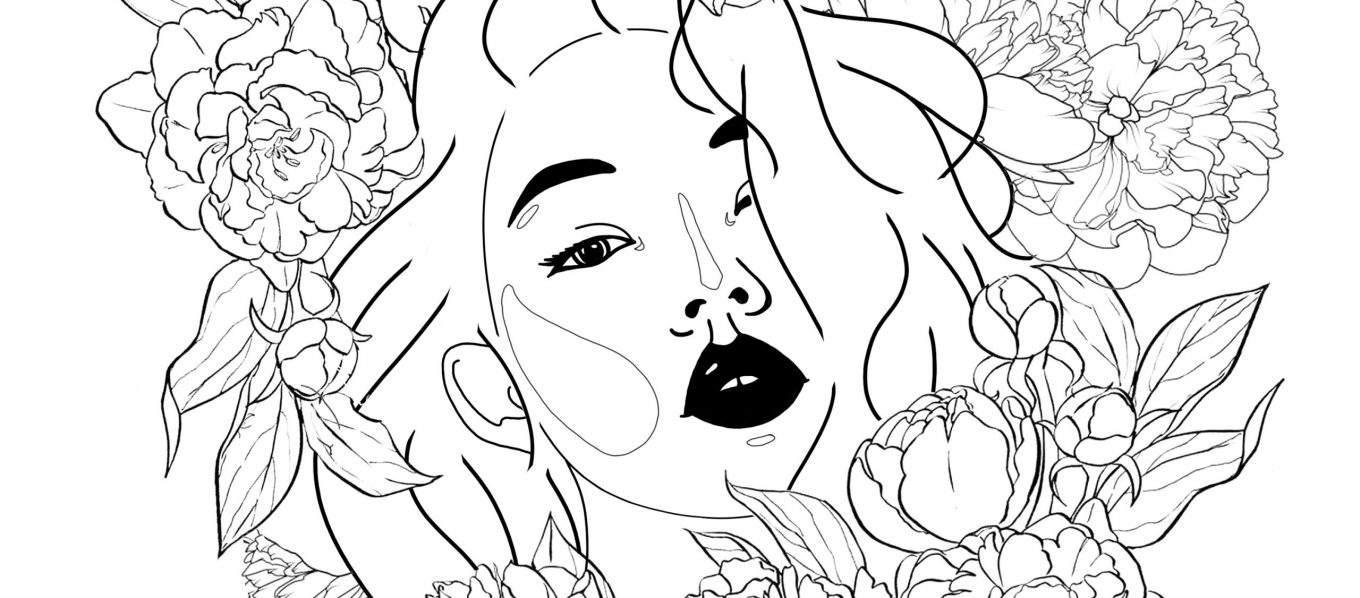Rich Media Production
NMIX 6310
Rich Media Production acted as an introduction to SwiftUI, the use of XCode, and Apple Interface design. As a novice in app design and development, it was really fun to actually get to see the behind-the-scenes of coding common app functions, and being able to actually apply the app onto an Apple device was amazing to see my projects come to life.
In the beginning, I was actually quite intimidated by Swift because of it’s different coding language and unfamiliar system. Additionally, while I was able to use a guide to assist with the basics of building different element designs, learning the different commands was difficult to decipher, especially when new errors kept popping up that were not very descriptive to what was done correctly and what needed to be fixed. Apple’s documentation also proved limited, and with new updates coming in every single month, navigating the system as a whole could be quite challenging. Even so, I grew to love SwiftUI and its flexibility. Some of my favorite applications of Swift Views included being able to make a music streaming device using AVAudioPlayer, as well as incorporating settings access, motion animations, map views, and access to additional information pop ups using modular views and list sorting features. Messing around with these abilities, I was able to craft both a music player of some of my favorite artists, as well as create a vacation app demo for beach hotels in Florida. As my final project, the vacation app took the most time and dedication, wherein I encountered a lot of challenges as well as a lot of rewards. Because of the scope of the project, I wanted to incorporate not only a tinder-based slide animation for selecting the general area of people’s search efforts, but I also wanted to generate hotel recommendation lists that could be filtered alphabetically, by popularity, and by cost. Taking inspiration from my wireframe experience, I was able to connect both of these ideas through the use of separate modal views, each attached to an individual card and access point. While I focused solely on a single city, being able to visualize and create the general user flow of what someone would experience and the interconnectivity that each view had with another.
Through this process, I was able to create not only the list structures, but also the card structures and the interactivity of different gesture animations to allow users to swipe, drag, and hold to access various different features associated with the app. This included a favorites section, saved filter data, a swipe-to-delete option, as well as an alert and embedded map function in the description of a particular card view. Combining the structures of each of these different elements was the most difficult part, especially when it came to ordering what elements and brackets went where. Overall, this class honestly was one of my favorite development classes, and I can’t wait to use the skills I have acquired in using SwiftUI for future demo projects and, eventually, adding it as a full-blown skillset towards more robust front-end app development and UX designs. Being able to understand basic component structures opens up a whole new arena of possibilities for me to be able to create and communicate design effectively, and I look forward to continuing to explore Swift for any future iOS endeavors.
